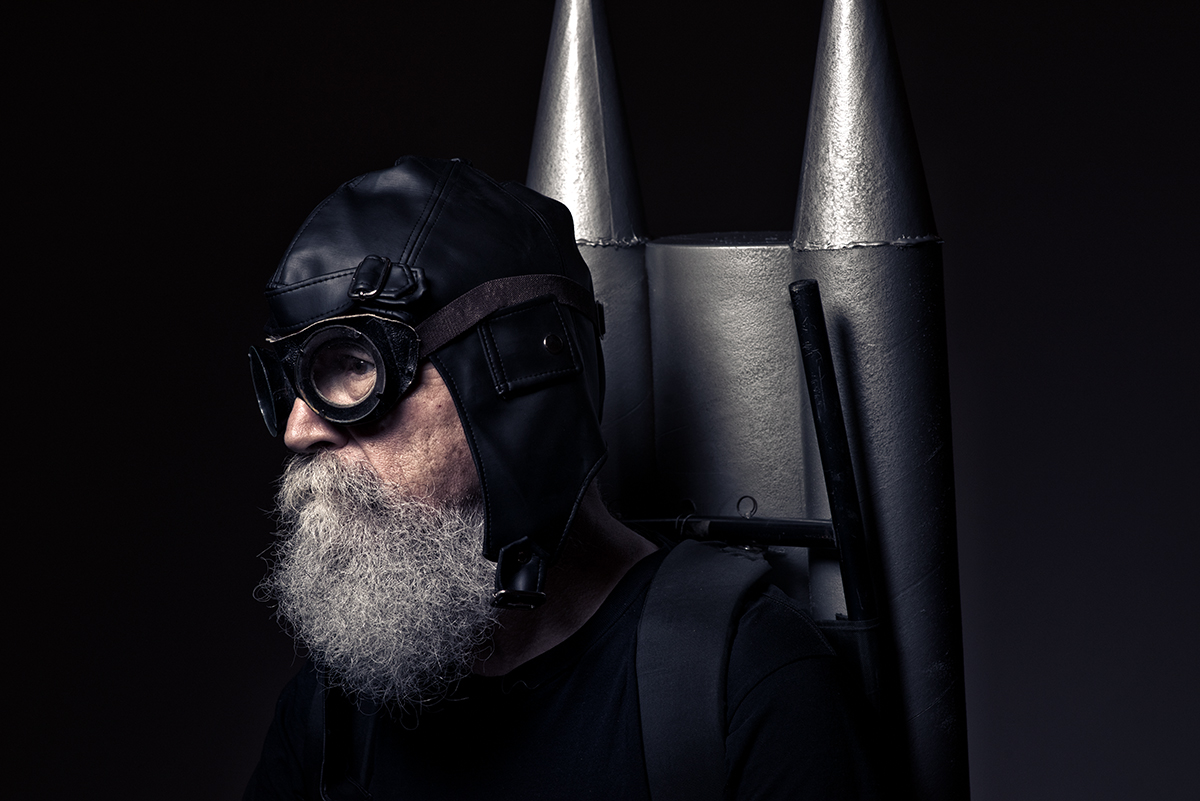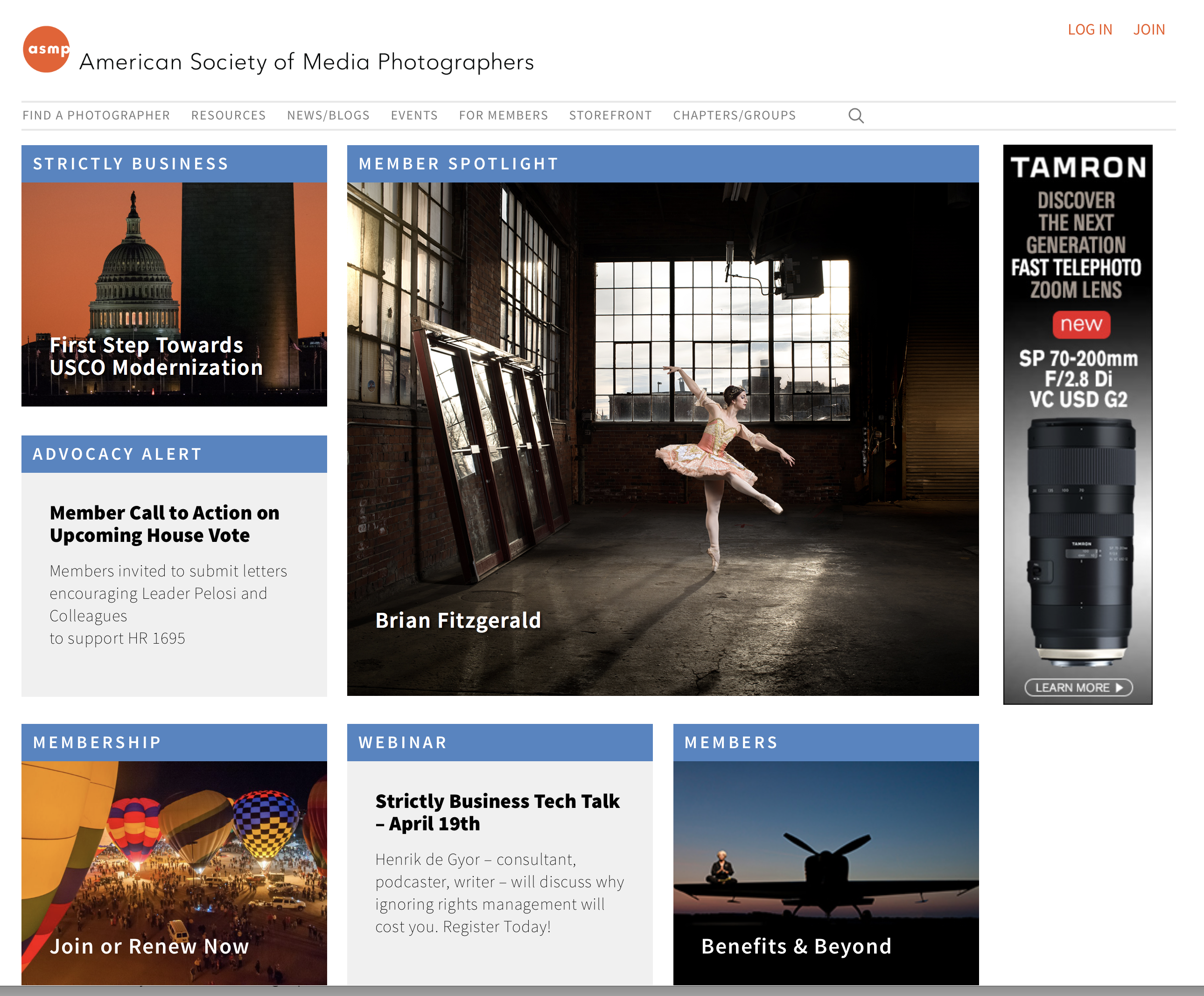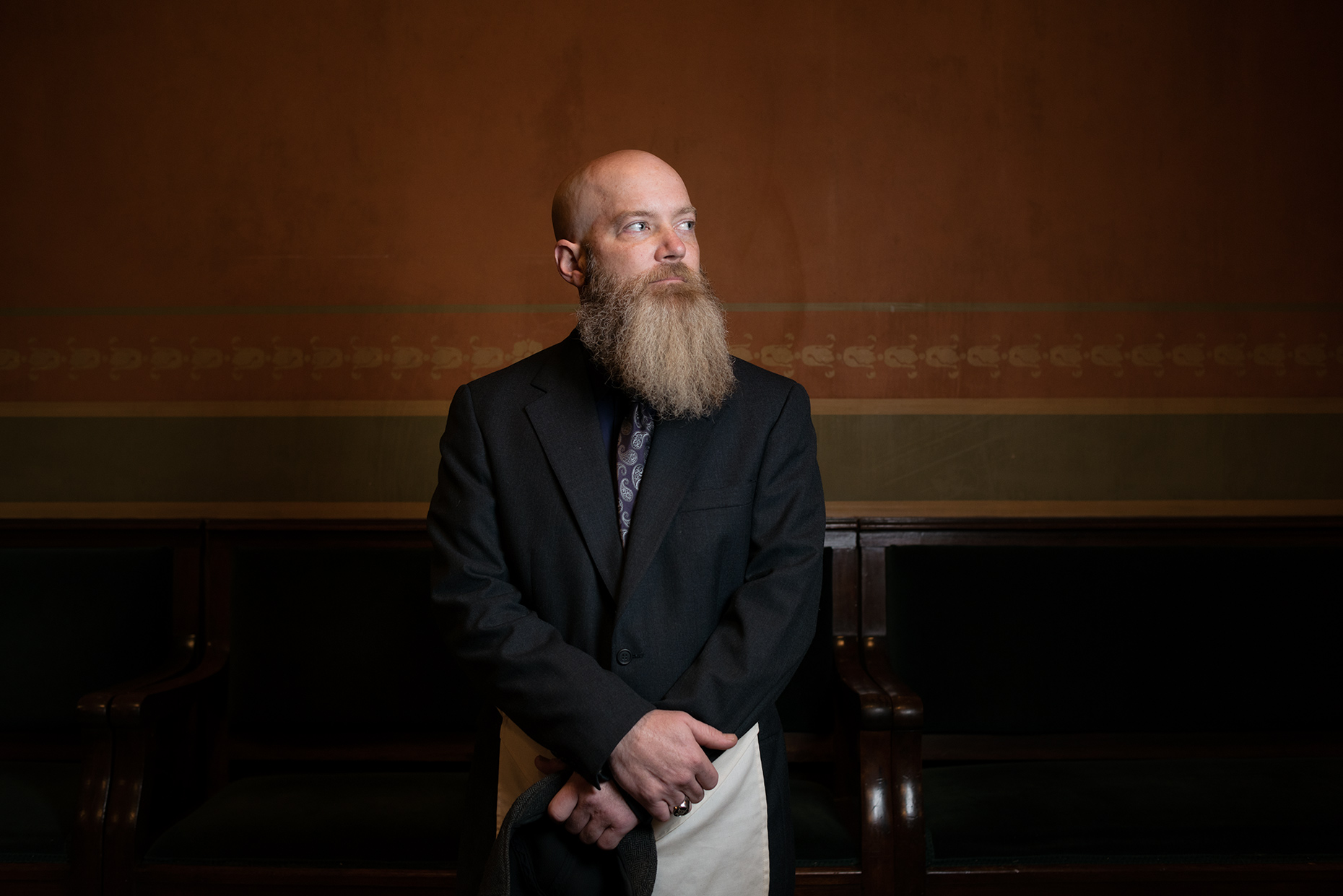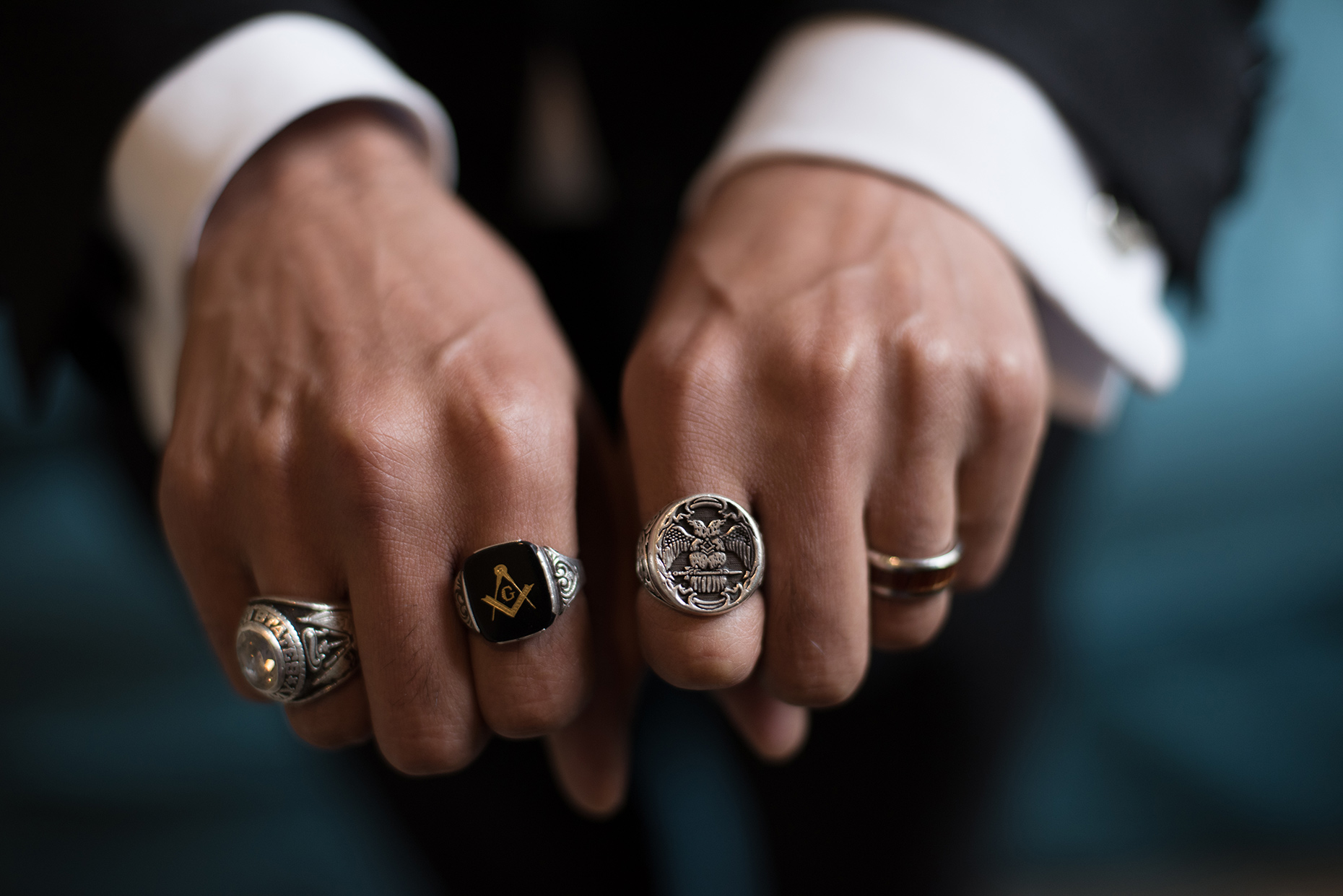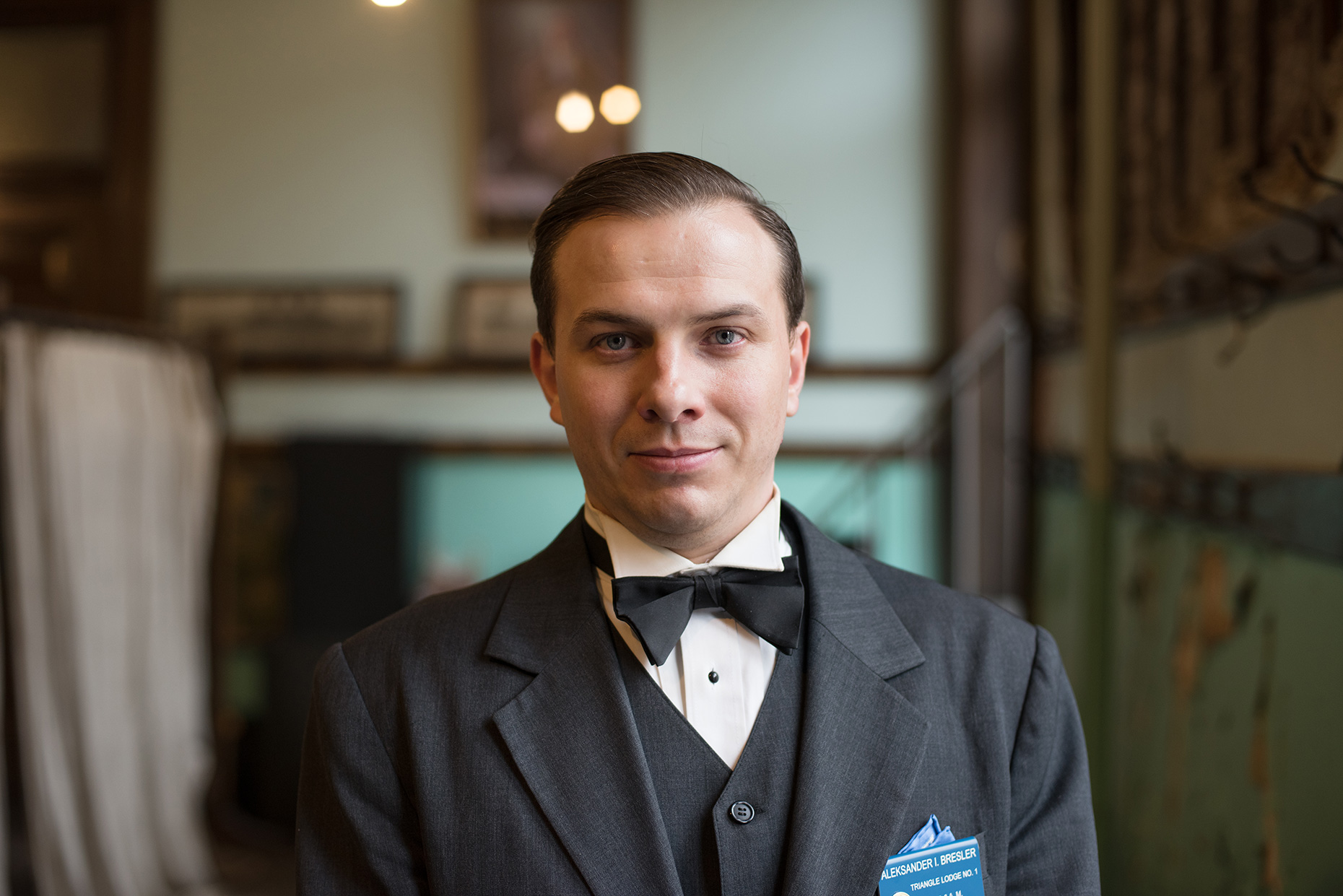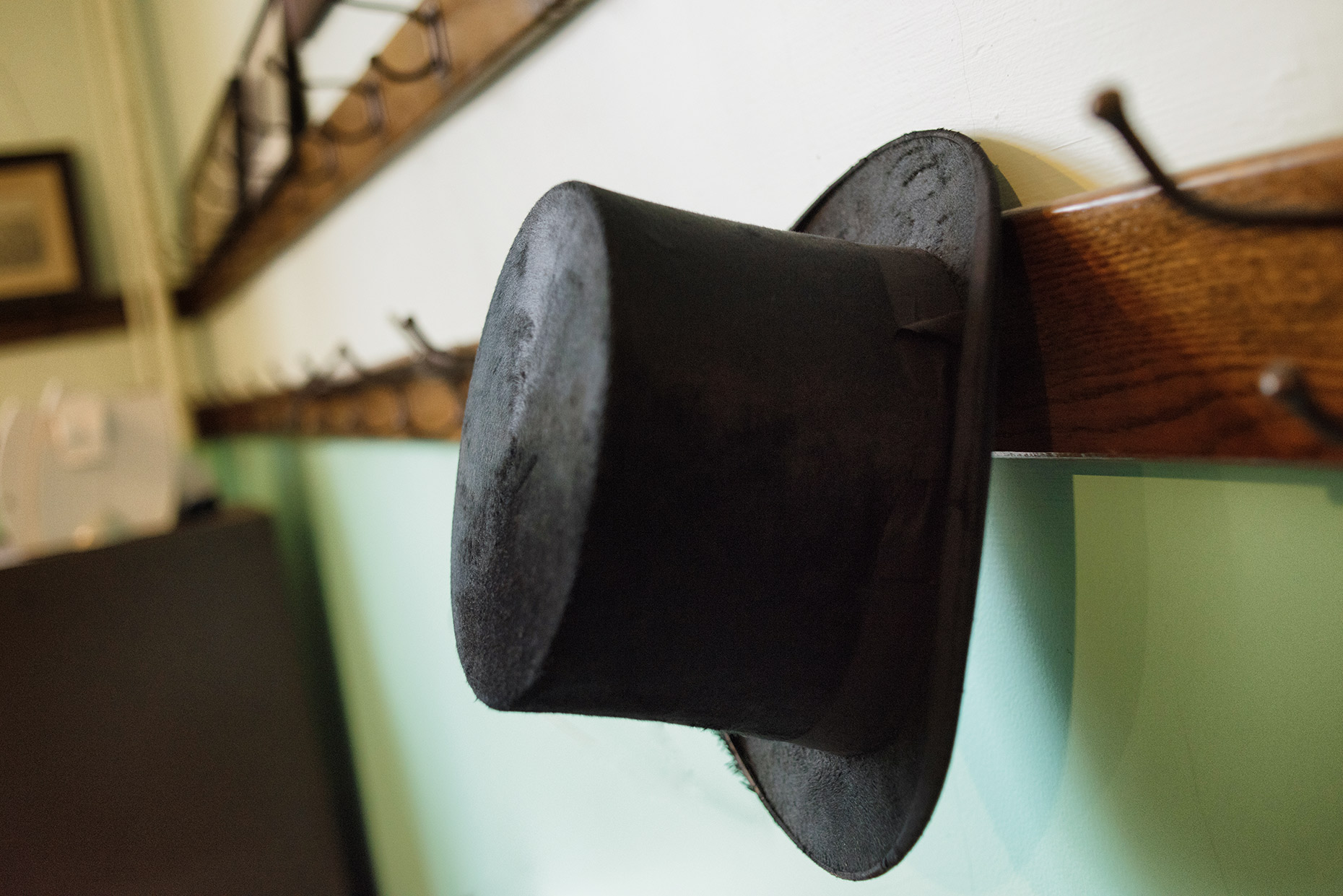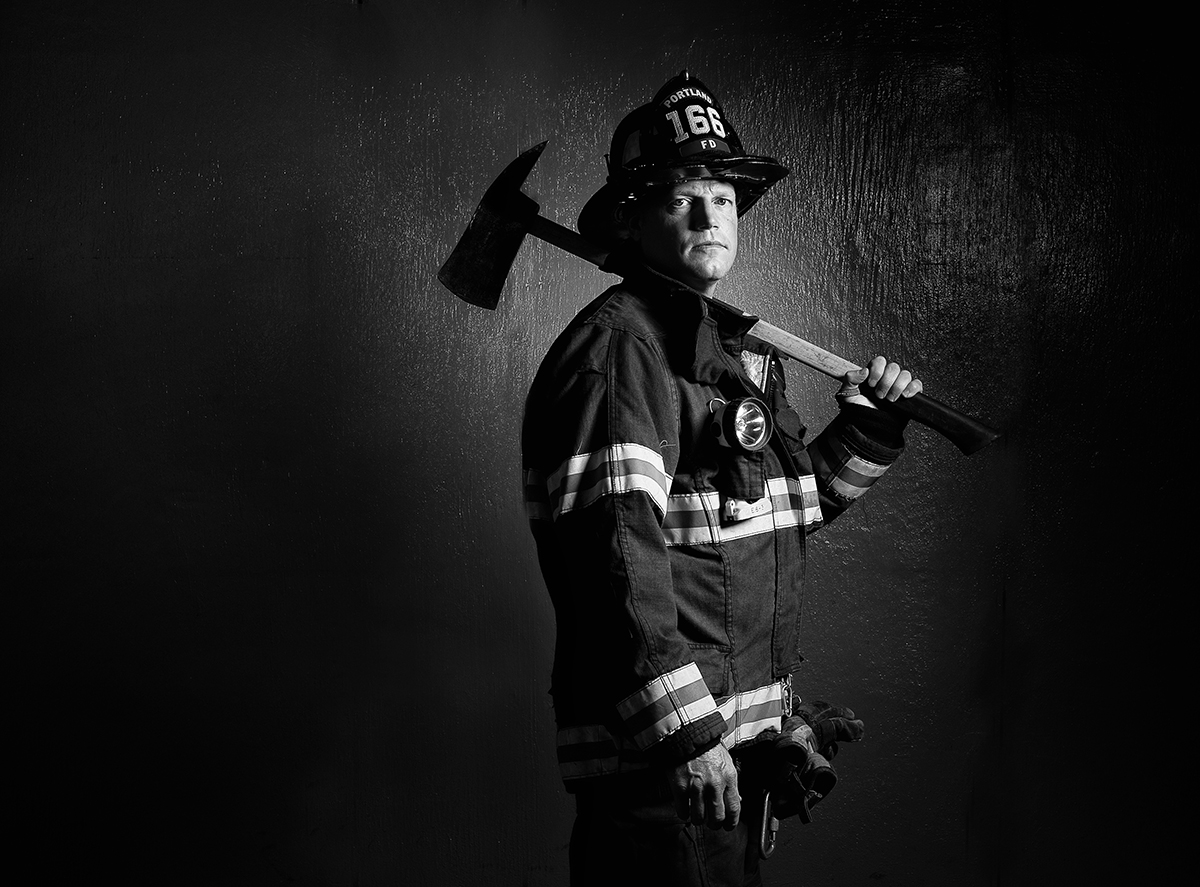
As a professional commercial photographer, my job is to protect my client’s images as well as their image. This entails safely archiving their digital files so they can found months or years after a shoot, but it also means that I safeguard how those images are used and who gains access to my clients’ images in the future.
Depending on my specific contracts and releases, I often have the legal right to reuse images for multiple purposes after they are first used. Aside from incorporating some of the images into my blog and portfolio, I almost never do so, especially if the images were taken on assignment for a client (rather than taken as part of a self-assigned project). Why? Because once I photograph someone, I take on the responsibility—sometimes legally, always ethically—to safeguard their images so they aren’t used in ways my clients wouldn’t be comfortable with.
The most obvious example might involving selling images I’d taken for a corporate client as ‘stock’ images through a stock agency like Getty. Imagine my client’s surprise when they see a billboard advertising a competitor across town using an image of their staff or clients that they paid me to take a year before. In very short order, I’d be looking for another line of work.
The number one job of a professional photographer is to serve our clients and their interests first, not our own. In effect, we’re a member of their team and need to be careful to make sure their images are not used in off-brand or unapproved ways.
A less obvious example occurred this past April. It appeared in the form of an email sent by a photographer agency to its member photographers including me, requesting we submit gritty portraits of workers on the front lines of the pandemic: rescue personnel, healthcare providers, delivery drivers and others. A national (and unnamed) insurance agency wanted to use these images in a 6 month national ad campaign. They’d pay $3000 per image used, split evenly between photographer and the agency.
I considered the request. I have a large library of images of front line workers, mostly created not for clients but as part of personal editorial projects. Technically, I have the copyright and releases allowing me to reuse and resell these images. Back in April, with the pandemic shut-downs in full swing and uncertainty about future income, it was a tempting offer.
I could imagine the result of the campaign—a video depicting grave-faced police officers, firemen and nurses with a dramatic voiceover and swelling background music. At the end, the logo of some national insurance company would appear, and the unwritten message would be: we want to associate our brand with these popular heroes so you’ll think we’re special too.
Then I imagined the surprise of my portrait subjects in seeing their image being used to shill for a company that they’ve never heard of for a service they’ve never received. I thought of them, essentially being used to confer their heroic status to a large insurance company that doesn’t care about them personally but just want them for the uniforms they wear and the trust they confer.
I declined to participate. Just because I can legally do something doesn’t mean that I should. Whether a paying client or not, anyone who ends up in front of my camera are relying on me to protect their single most valuable asset—their image—and make good choices on their behalf.
I can’t judge photographers who chose to participate, either because of their financial situation or due to agreements negotiated between them and their subjects beforehand.
This anecdote highlight the importance of having discussions about future image use between photographers and their clients and subjects, with clear expectations written into a contract. In absence of such an explicit agreement, photographers should always remember that image, and reputation, is worth more than a quick hit of cash. Protect your brand and your images and make sure your photographer does, too.
–30–

